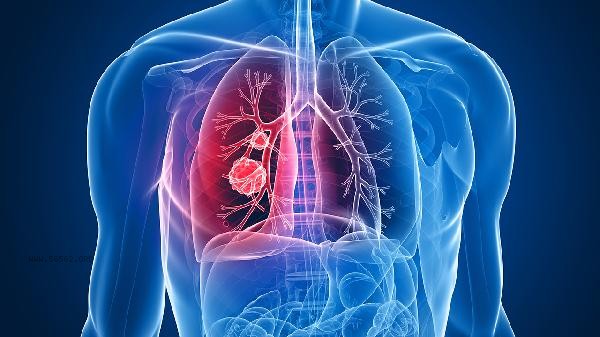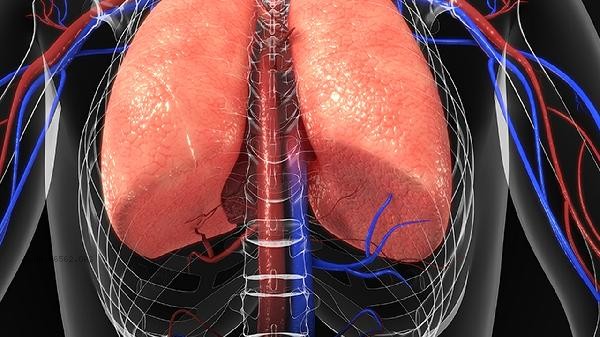interventional surgery for pulmonary vascular bleeding is a safe and effective treatment method. Interventional therapy has the advantages of minimal trauma, fast recovery, precise hemostasis, wide indications, and few complications.
1. Minimal trauma:

Interventional surgery involves inserting a catheter through the femoral or radial artery puncture, without the need for thoracotomy, leaving only 1-2 millimeters of needle holes on the surface of the body. Compared to traditional open chest surgery, it avoids rib incision and lung tissue damage, and significantly reduces postoperative pain.
2. Fast recovery:
patients can usually get out of bed and move around within 24 hours after surgery, and can be discharged within 3-5 days. Due to the absence of large surgical incisions, the risk of infection and bed rest complications are reduced, which is beneficial for early recovery of daily life and work ability.
3. Precise hemostasis:

Under the guidance of DSA imaging, the catheter can directly reach the bleeding vessel and accurately seal the bleeding point with embolic materials such as gelatin sponge, spring coil, etc. For diffuse bleeding, drug infusion can be used, and the success rate of hemostasis can reach 85% -95%.
4. Wide indications:
is suitable for bleeding caused by various etiologies such as bronchiectasis hemoptysis, pulmonary tuberculosis cavity bleeding, and pulmonary vascular malformation. This is particularly suitable for patients who are elderly, have poor cardiovascular function, and cannot tolerate open chest surgery.
5. Less complications:
The main risks include hematoma at the puncture site, contrast agent allergy, etc., with an incidence rate of less than 3%. Serious complications such as spinal cord ischemia and ectopic embolism are rare, and strict monitoring during surgery can effectively prevent them.

After surgery, the puncture site should be kept clean and dry, avoiding severe coughing and forceful defecation. Diet should be light and rich in protein, such as fish and egg custard, to promote wound healing. Deep breathing training can be performed during the recovery period, but vigorous exercise should be avoided. Regularly review chest CT to evaluate the effectiveness of embolization. If fever, worsening chest pain, or recurrent hemoptysis occur, seek medical attention immediately. Long term smokers must quit smoking, and patients with bronchiectasis need to prevent respiratory infections. After interventional treatment, most patients' bleeding can be effectively controlled, but standardized treatment of the primary disease is equally important.








Comments (0)
Leave a Comment
No comments yet
Be the first to share your thoughts!